In the flexible packaging industry, achieving "zero waste slitting" is a key goal to enhance competitiveness, reduce costs and meet environmental requirements. This requires systematic innovation from material utilization, equipment intelligence, process optimization to whole-process management. The following are the technical paths and solutions to achieve this goal:
First, the core challenge of zero waste slitting
1. Sources of material waste
◦ Edge scrap from the slitting process (e.g., cut allowance in the case of multi-column slitting).
◦ Splice loss during roll change/specification change (traditional splicing method wastes 5~10 meters/time).
◦ Defective products (burrs, wrinkles, etc.) caused by uneven tension and tool wear.
2. Industry pain points
◦ The cost of flexible packaging materials (such as PE, CPP, aluminum-plastic composite film) accounts for as much as 60%~70%, and 1% of waste may bring millions of years of loss.
◦ Diversification of customer orders (frequent changes in width and thickness), and insufficient adaptability of traditional slitting machines.

Second, six technical solutions to achieve zero waste slitting
1. Intelligent nesting and nesting optimization
• Dynamic nesting algorithms
◦ The optimal slitting scheme of the coil is automatically calculated by AI algorithm (e.g., the 1000mm wide film is slitted into 3×330mm+10mm waste edges, replacing the traditional 2×400mm+200mm waste edges), and the material utilization rate is increased to more than 98%.
◦ Example: The MES system integrates order data and generates slitting scheduling charts in real time to reduce manual trial and error.
• Variable width slitting technology
◦ Electrically adjustable toolholder (accuracy ± 0.1mm) can adjust the slitting width (e.g., from 500mm to 250mm) without stopping the machine, avoiding the waste of specification changeover.
2. Zero joint loss technology
• No scrap splicing
◦ Flying splicing technology: under high speed (≥600m/min), the lap of new and old coils is completed, and the loss length is < 0.5 meters.
◦ Laser welding splicing: For high-value materials (such as aluminum foil composite film), seamless bonding is achieved through laser welding, and the strength is more than 90% of the raw material.
3. High-precision slitting and defect control
• Nanoscale tool management
◦ Diamond-coated tool (3 times longer life) + in-line wear monitoring (laser rangefinder detects edge passivation <1 μm) to ensure that the cut is smooth and burr-free (edge roughness Ra<0.5μm).
• Real-time quality closed-loop control
◦ The hyperspectral camera detects film surface defects (such as bubbles and impurities), and the linkage slitting machine automatically rejects the defective section (response time <50ms), and the defective product rate is reduced to less than 0.1%.
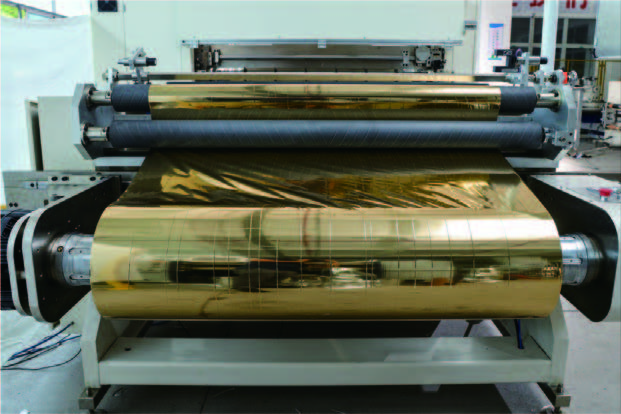
4. Edge scrap is minimized
• Ultra-narrow edge slitting technology
◦ Negative gap slitting (overlapping the upper and lower knives by 0.01~0.05mm) to compress the width of the waste edge from the conventional 3~5mm to less than 1mm.
◦ Waste edge online recycling system: The edge crusher directly crushes the waste and transports it to the recycling and granulation equipment through the pipeline to achieve immediate reuse.
5. Digitalization and predictive maintenance
• Digital twin simulation
◦ Virtual debugging of slitting parameters (tension, speed, etc.) to predict scrap generation points in advance and optimize the process (30% reduction in commissioning costs).
• AI predicts tool life
◦ Based on vibration, temperature, and slitting length data, the tool change can be warned 2 hours in advance to avoid batch waste due to tool failure.
6. Green production integration
• Energy recovery system
◦ The brake energy of the slitter is fed back to the power grid, and the energy consumption is reduced by 15%~20%.
• Water-based lubrication technology
◦ Replace traditional oil-based lubricants and reduce cleaning solvent consumption (suitable for food packaging film slitting).
Third, typical cases and benefits
1. Case 1: A food packaging film company
◦ Technology application: AI nesting algorithm + flying splicing technology + ultra-narrow edge slitting.
◦ Effects:
▪ The material utilization rate increased from 92% to 97.5%, saving 2.8 million yuan in raw material costs annually.
▪ The amount of scrap is reduced by 80% and the cost of waste disposal is reduced by 60%.
2. Case 2: Pharmaceutical aluminum-plastic composite film slitting
◦ Technical application: laser welding splicing + hyperspectral online detection.
◦ Effects:
▪ The splicing loss has been reduced from 8 meters/time to 0.1 meters/time, reducing waste by ¥1.5 million per year.
▪ The customer complaint rate is zero.
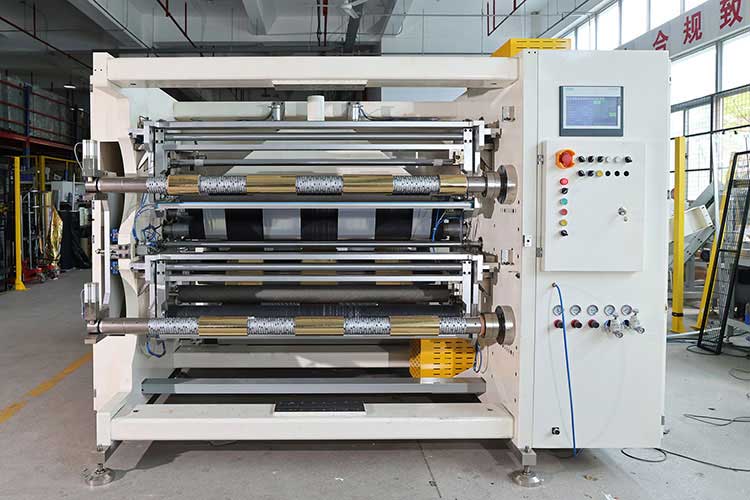
Fourth, future trends
1. The whole process is unmanned
◦ AGV + robotic arm operation in the whole process from unwinding, slitting to packaging, manual intervention is reduced by 90%.
2. Blockchain traceability
◦ Record the slitting parameters and scrap ratio of each roll of material to meet the needs of ESG reporting.
3. Adaptive slitting machine
◦ Real-time acquisition of material property data (e.g., tensile modulus) through the Internet of Things to automatically adjust process parameters.
Fifth, suggestions on implementation steps
1. Phased transformation: Priority is given to upgrading the intelligent sleeve cutting and splicing system (payback period < 1 year).
2. Supplier collaboration: Cooperate with material manufacturers to develop easy-to-slitting films (e.g., pre-set slitting guides).
3. Employee training: Cultivate digital O&M capabilities to avoid the "technology-operation" fault.
epilogue
The essence of the "zero waste slitting" revolution in the flexible packaging industry is the integration of "precision + intelligence + green". By reducing the waste of each link to the limit through technological innovation, enterprises can not only reduce costs and increase efficiency, but also seize the market highland of sustainable packaging.
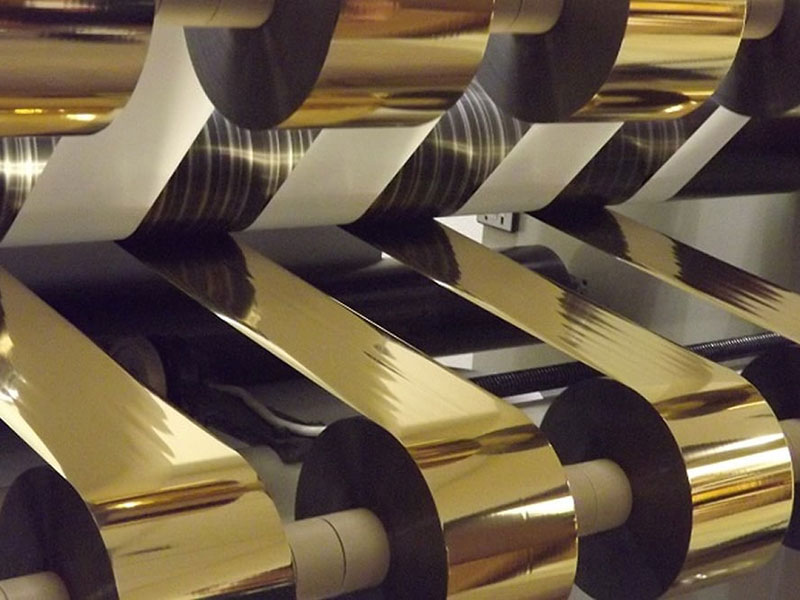 Increase production capacity! Application analysis of slitting and rewinding machine in packaging industry
Increase production capacity! Application analysis of slitting and rewinding machine in packaging industry Intelligent hot stamping foil slitting machine: precise empowerment, reshaping the new value of packaging after press
Intelligent hot stamping foil slitting machine: precise empowerment, reshaping the new value of packaging after press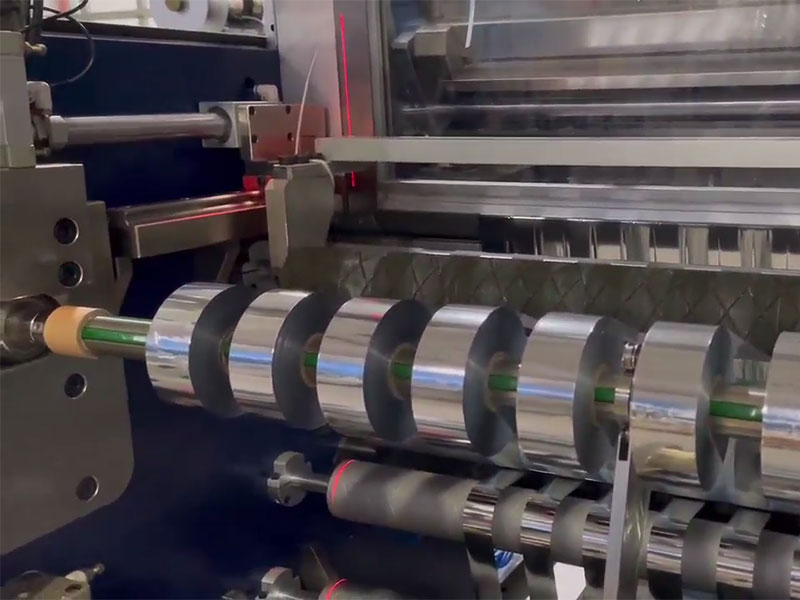 Excellent hot stamping foil slitting machine: cast the blade of precision and enhance the core competitiveness of packaging printing enterprises
Excellent hot stamping foil slitting machine: cast the blade of precision and enhance the core competitiveness of packaging printing enterprises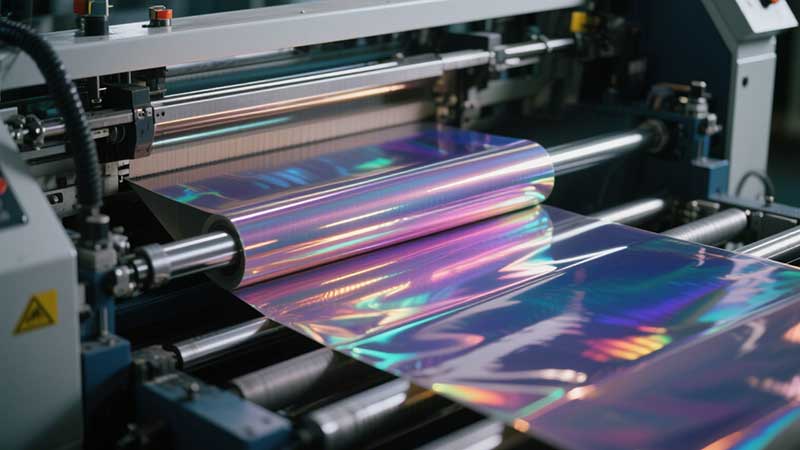 Laser film slitting machine: make the packaging "shine"
Laser film slitting machine: make the packaging "shine" Paper Slitting Machines: Create the perfect roll for printing and packaging, empowering the heroes behind precision manufacturing
Paper Slitting Machines: Create the perfect roll for printing and packaging, empowering the heroes behind precision manufacturing